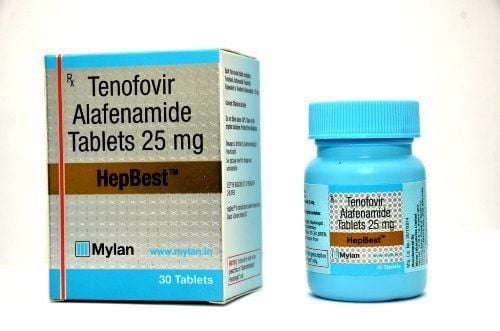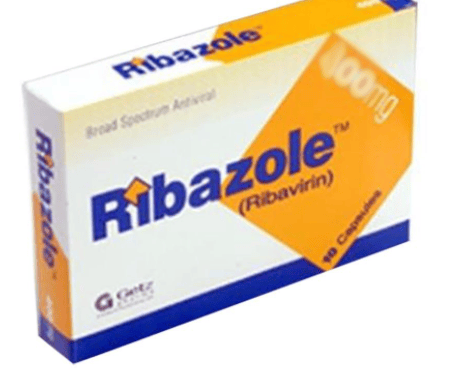This is an automatically translated article.
The article is expertly consulted by Gastroenterologist, Department of Examination & Internal Medicine - Vinmec Hai Phong International General Hospital. The doctor has 27 years of experience in the field of gastroenterology.Hepatitis is an infectious disease with an increasing incidence, especially in developing countries. If not treated promptly, hepatitis can cause serious complications such as cirrhosis, liver cancer, even life-threatening.
1. Types of hepatitis
Hepatitis is a condition in which cells are damaged and inflamed. It can be caused by a number of viruses including viruses A, B and C.The risk of hepatitis A is related to a lack of clean water and a contaminated environment. Currently, there is an effective and safe vaccine against hepatitis A. Unlike cases of hepatitis A, which can recover on their own, hepatitis B and C often have a silent course and have obvious symptoms when the disease is severe. The disease can lead to liver cancer or chronic liver disease.

Viêm gan là các tế bào bị tổn thương hay viêm nhiễm do virus
2. What puts you at risk for hepatitis?
2.1. Risk of Hepatitis A Hepatitis A is mainly spread through the gastrointestinal tract. Here are some factors that put you at increased risk of hepatitis A:Food or water contaminated with hepatitis A virus: You will become infected by eating food or water contaminated with the virus. Shellfish: Some shellfish such as undercooked oysters and mussels can transmit hepatitis A. Cook food, especially shellfish, to avoid the risk of hepatitis. Poor hygiene: Hepatitis A can survive outside the body for months. Good hygiene, such as always washing hands or using hand sanitizer after going to the bathroom, changing diapers, and before handling food or eating, helps prevent the spread of hepatitis A. When using the house In public toilets, you should use paper to open the toilet door, it's best not to use your hands to avoid the virus that causes disease. Exposure to someone infected with the hepatitis A virus: A person infected with the hepatitis A virus can spread the virus to the surrounding environment between 2 weeks before symptoms appear until after symptoms appear. at least 1 week.

Nguy cơ mắc viêm gan A do tiếp xúc với người mang bệnh
Viral blood: Infected blood and body fluids can cause hepatitis B to spread. and hepatitis C. Hepatitis can be passed from mother to baby during childbirth, through sex or contact with an open wound. Hepatitis B and hepatitis C can also be transmitted by infected dental instruments if not carefully disinfected. Donor blood is screened, so the risk of hepatitis from a transfusion is very small. Tattoos: Tattoos can be the cause of your hepatitis virus infection. To reduce your risk of contracting hepatitis B and hepatitis C, you should choose a reputable salon and make sure to properly disinfect personal items. Because hepatitis B and hepatitis C can be transmitted through the improper disinfection and reuse of items such as needles. Before tattooing, the performer needs to wash his hands thoroughly. Haircuts, manicures and pedicures: Beauty salons and barbershops are places where there is a potential risk of transmitting disease-causing viruses, including hepatitis B and hepatitis C. About 2%-5% of viruses are infected. Hepatitis can be transmitted through objects such as combs, scissors, any time there is a possibility of contact with blood, you are at risk of hepatitis. By not sharing personal items such as razors, nail clippers... will reduce the risk of hepatitis. Sex: Having sex with someone who has hepatitis B is the main cause of transmission. The hepatitis B virus can be found in the blood, vaginal fluids, or semen of an infected person. Vaccination is the most effective and safest way to prevent hepatitis B. Besides, you should use condoms to have safe sex, to avoid infection. Sharing personal items: Hepatitis B and hepatitis C can be transmitted by sharing personal items with an infected person. When you share toothbrushes, razors, nail clippers, cleaning cloths, needles, or anything else that could have the blood of an infected person. Hepatitis is a contagious disease with a rapid spread. If not detected and treated promptly, the disease will cause serious complications, even life-threatening. Therefore, each individual needs to be fully equipped with basic knowledge about hepatitis as well as know the risk factors to prevent and prevent damage caused by the disease. The best and safest way to prevent hepatitis virus is to get vaccinated.
Please dial HOTLINE for more information or register for an appointment HERE. Download MyVinmec app to make appointments faster and to manage your bookings easily.
Article referenced source: Mayoclinic.org













